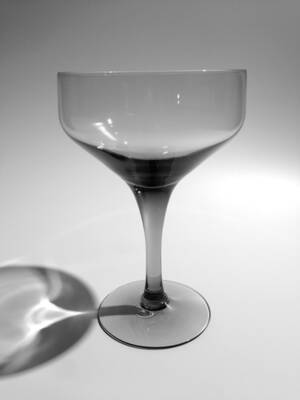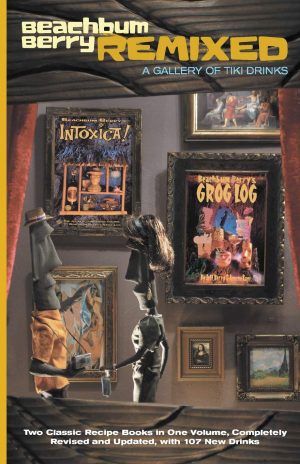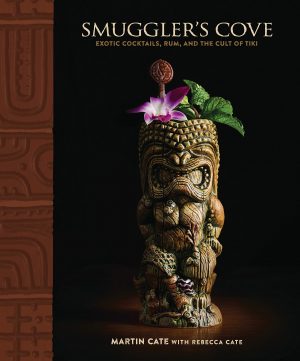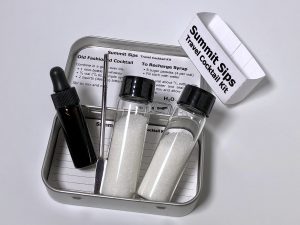
Bitters, Bitters and More Bitters
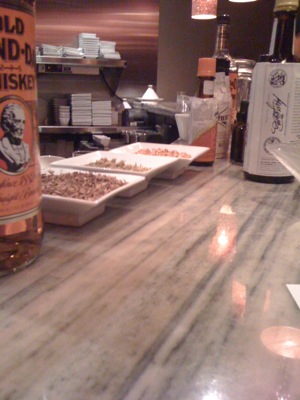 Yesterday, we attended the “Mixology 3: Make Your Own Bitters” event organized by Studio Bricolage and hosted by the Bradstreet Crafthouse at the Graves 601 Hotel. We were one of about 40 individuals in attendance at what was the third event in a mixology educational series. Although we missed the first two installments, we were happy to finally attend. We found this event to be hands-on and informative and thought we would post a quick review.
Yesterday, we attended the “Mixology 3: Make Your Own Bitters” event organized by Studio Bricolage and hosted by the Bradstreet Crafthouse at the Graves 601 Hotel. We were one of about 40 individuals in attendance at what was the third event in a mixology educational series. Although we missed the first two installments, we were happy to finally attend. We found this event to be hands-on and informative and thought we would post a quick review.
Everyone was pre-registered, so we were greeted at the entrance with printed name tags and a chilled cocktail—a fantastic way to start. Rocky Mountain Punch which is a heavenly mixture of rum, maraschino liqueur, lemon juice, champagne or pineapple juice with Angostura bitters made a pleasant and refreshing introduction to the topic of the afternoon: Bitters.
The group was divided into two sections. Some were led into the back room where an arrangement of potable (amaro) bitters were awaiting each participant on a placemat describing each sample. The rest of us were seated at the curved marble bartop in the back typically used for dinner guests. We were greeted by the director of food and beverage who thanked everyone and introduced Burke, our teacher/bartender for the session. Burke proceeded to explain some details and examples of cocktail bitters, such as Angostura, Regan’s Orange, Peychaud’s and the like, and started passing around bowls of various spices and botanicals.
The bowls contained items both common and obscure. Caraway seeds, cardamom pods and coriander seeds were followed by quassia chips, gentian root, chamomile flowers orange peel, cloves and cinnamon. Over the course of the next 45 minutes, Burke explained each ingredient as he demonstrated the process for measuring, grinding, toasting and combining everything necessary to make cocktail bitters. I think everyone really enjoyed the learning process, as there were lots of questions. By the end of the session, we had all seen first hand how to make homemade orange bitters as well as a batch of early spring bitters. Watching this, we recalled a similar experiment from several years earlier when we once made our own orange bitters at a time before there were any brands available to buy. It was great to see our uncharted adventure finally confirmed by a modern recipe. As the session came to a close, we sampled some of the unique cocktail bitters in use at the Bradstreet Crafthouse including their own Hellfire and Root Beer Bitters.
 After a short break, the groups switched and we were ushered in to the back room to sample potable bitters. In contrast to the highly-concentrated cocktail bitters usually doled out in drops or dashes, potable bitters are sold in large bottles and can be consumed on their own or in mixed drinks. Jordan led this session describing the history of potable bitters, introducing each with specific details of origin and their uses as medicinal remedies. He then gave examples of classic and modern cocktails. Our samples included Aperol, Campari, Cynar, Fernet-Branca, Luxardo Maraschino, and Zwack. Soon, it was time to adjourn to the main room where he invited a few of us behind the stick to assist him with some cocktails.
After a short break, the groups switched and we were ushered in to the back room to sample potable bitters. In contrast to the highly-concentrated cocktail bitters usually doled out in drops or dashes, potable bitters are sold in large bottles and can be consumed on their own or in mixed drinks. Jordan led this session describing the history of potable bitters, introducing each with specific details of origin and their uses as medicinal remedies. He then gave examples of classic and modern cocktails. Our samples included Aperol, Campari, Cynar, Fernet-Branca, Luxardo Maraschino, and Zwack. Soon, it was time to adjourn to the main room where he invited a few of us behind the stick to assist him with some cocktails.
After the sessions, we enjoyed a Campari Sour and discussed the details of preparing this and other cocktails. We also sampled various spirits and liqueurs. Unfortunately, we couldn’t stick around much longer, as our time was already spoken for at a charity wine tasting event we were hosting. But should the opportunity come up again, we would definitely recommend these sessions to anyone interested in the science of mixology. The staff at the Bradstreet Crafthouse was friendly, and everyone was willing to share their knowledge and experience. Studio Bricolage helped ensure that the event was organized and proceeded smoothly. Needless to say, we’ll be adding a few odds and ends to the grocery list soon. Making our own bitters for spring should be an interesting adventure that we look forward to sharing.
From The Shop:
Recommended:
You Might Also Like:

Death in the Gulf Stream
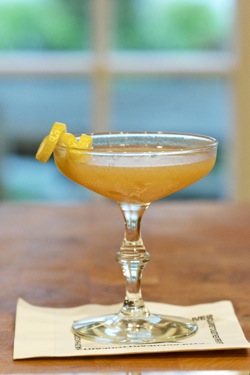
Japanese
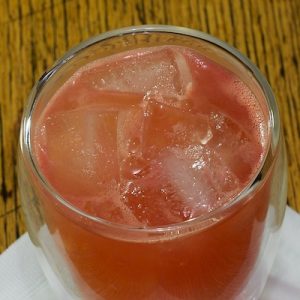
Saw Tooth
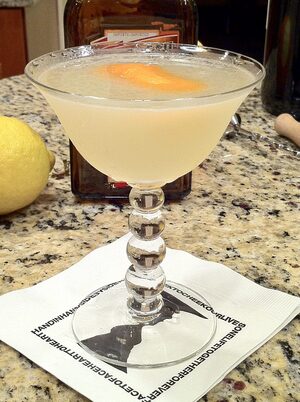
Corpse Reviver #2

Stinger
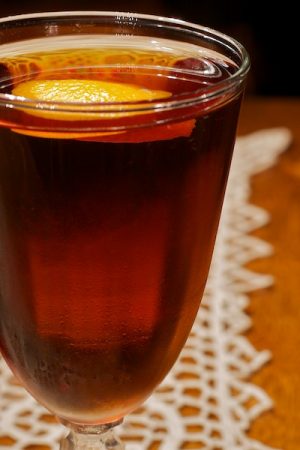
Anodyne
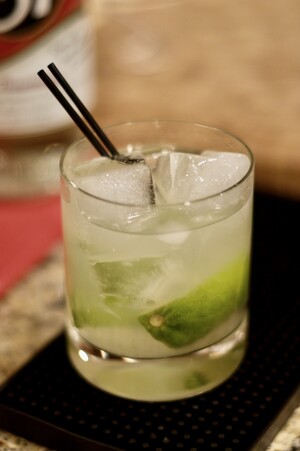
Caipirinha
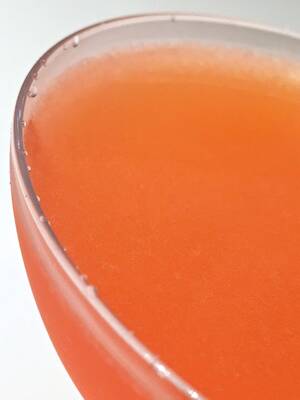
Naked and Famous

Chestnut Cup
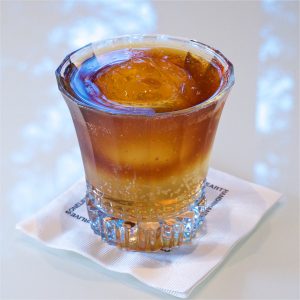
Cold Brew & Tonic

Painkiller
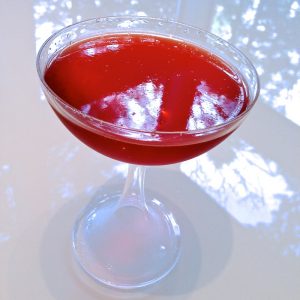
Eeyore’s Requiem

Cranston
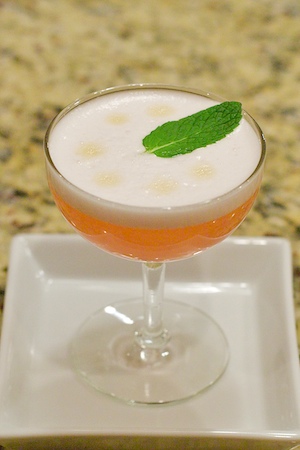
Riviera, two ways
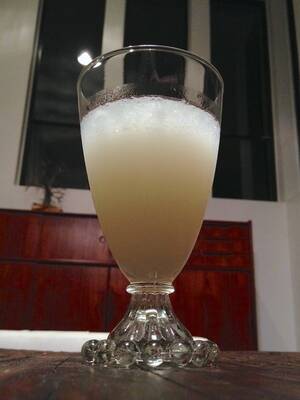
Absinthe Frappe

Basil Oil Garnish
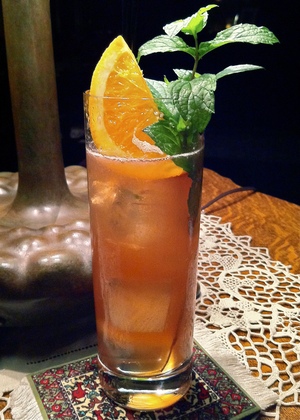
Singapore Sling
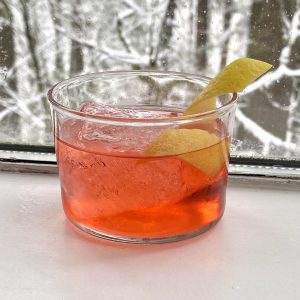
Jalisco Stroll
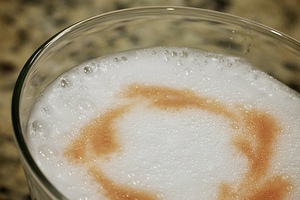
Pisco Sour

Drink with No Name: The Harrington
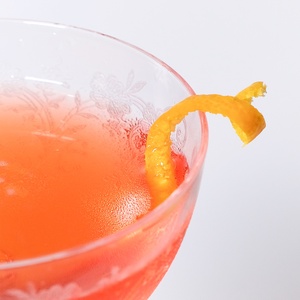
Fogerty
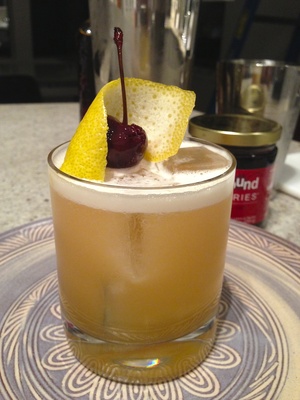
Amaretto Sour
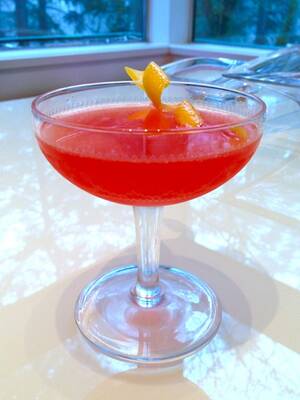
My New Religion

Grounded For Life
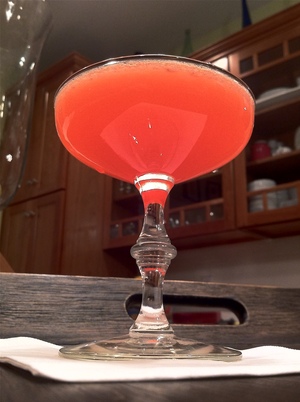
Paper Airplane
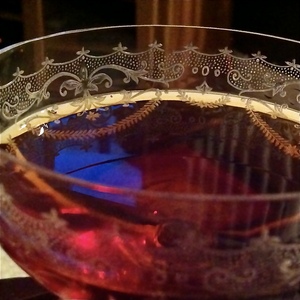
Newark
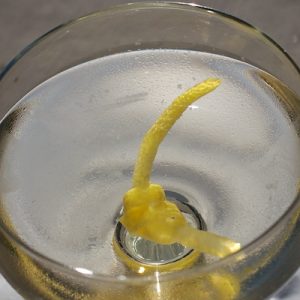
Atty

Floridita Cocktail

Margarita

